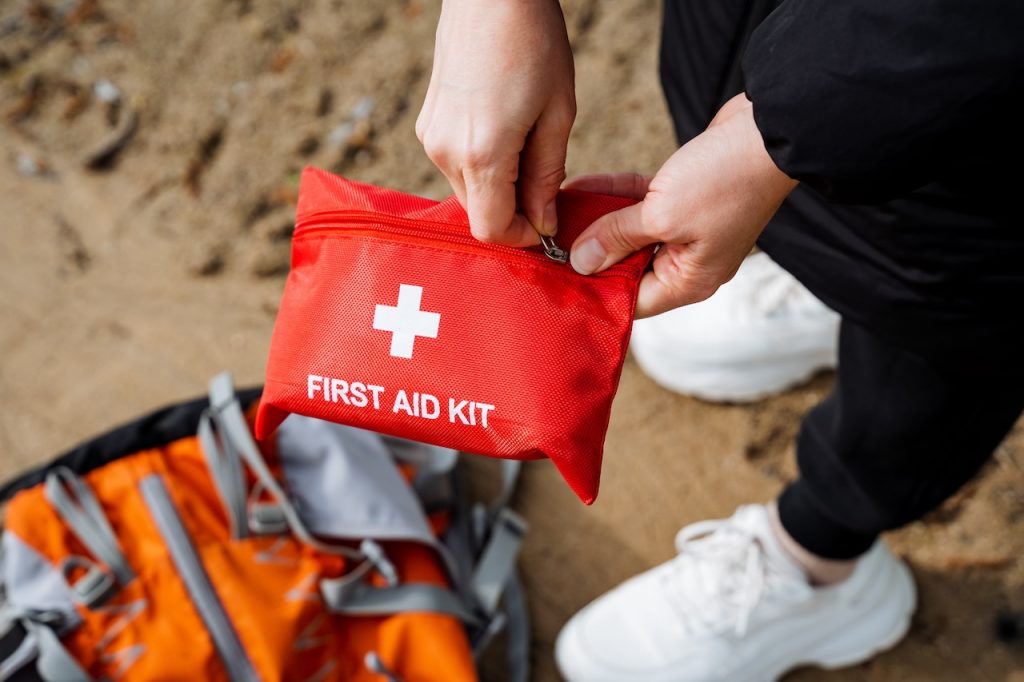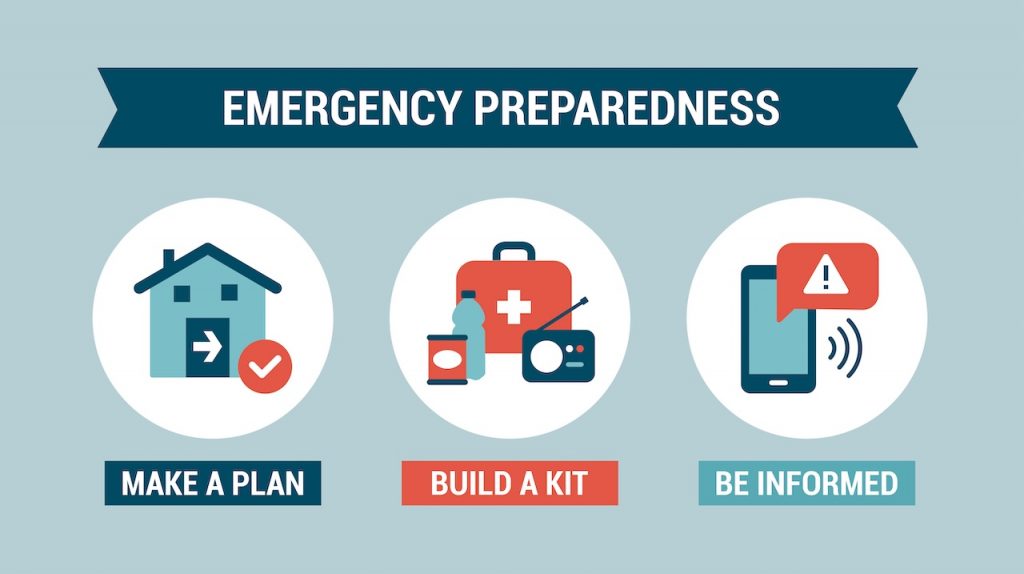Emergency preparedness for businesses is crucial! Running a business in Northeast Houston comes with its own set of challenges, especially when it comes to emergency preparedness.
With the potential for natural disasters like hurricanes, floods, and severe storms, having a robust emergency preparedness plan is crucial for the survival and continuity of your business. In this article, we’ll provide essential tips for emergency preparedness that every company in Northeast Houston should follow.
Understanding the Common Risks in Northeast Houston

Houston’s location near the Gulf of Mexico makes it prone to hurricanes and severe storms.
Before diving into the specifics of emergency preparedness for businesses, it’s essential to understand the common risks that businesses in Northeast Houston face:
- Hurricanes and Tropical Storms
- Flooding
- Severe Weather and Tornadoes
- Power Outages
- Chemical Spills and Industrial Accidents
Creating an Effective Emergency Preparedness Plan

Always have a first aid kit available in case of an injury or emergency in the workplace.
- Risk Assessment and Business Impact Analysis
Start by conducting a thorough risk assessment to identify potential hazards specific to your location. Understand how these risks could impact your business operations. A Business Impact Analysis (BIA) will help you prioritize critical functions and processes that need protection during an emergency.
- Develop a Communication Plan
Effective communication is crucial during an emergency. Establish clear communication channels and protocols for contacting employees, customers, suppliers, and emergency services. Ensure that everyone knows their roles and responsibilities.
- Emergency Response Team
Form an emergency response team (ERT) consisting of employees trained to handle different aspects of emergencies. Assign specific roles such as first aid responders, evacuation coordinators, and communication officers.
- Evacuation Plan
Create a detailed evacuation plan with mapped routes, assembly points, and procedures for ensuring everyone’s safety. Conduct regular drills to ensure all employees are familiar with the plan and can execute it effectively.
- Backup and Data Recovery
Ensure all essential business data is backed up regularly and stored securely, preferably offsite or in the cloud. Have a data recovery plan to restore operations quickly after an emergency.
- Emergency Supplies and Equipment
Stock up on emergency supplies such as first aid kits, flashlights, batteries, bottled water, non-perishable food, and essential medicines. Ensure your business is equipped with emergency equipment like generators and fire extinguishers.
Risk Mitigation Strategies
- Floodproofing Measures
Given the high risk of flooding in Northeast Houston, consider floodproofing measures such as installing flood barriers, elevating critical equipment, and improving drainage systems around your property.
- Structural Reinforcements
Strengthen your building’s structure to withstand severe weather events. This includes reinforcing roofs, windows, and doors and ensuring the building complies with local building codes and standards.
- Insurance Coverage
Review your insurance policies to ensure adequate coverage for all potential risks. This includes property insurance, business interruption insurance, and flood insurance.
- Partnerships with Restoration Services
Establish a partnership with a reliable commercial restoration service like PuroClean of Northeast Houston—Beltway. A trusted restoration service on call can significantly reduce downtime and help your business recover quickly after an emergency.
Training and Education

After creating an emergency plan, educate and train your employees so they are informed.
- Employee Training Programs
Conduct regular training programs to educate employees about emergency procedures, first aid, and the use of emergency equipment. Ensure that new employees receive training as part of their orientation.
- Community Involvement
Engage with local community organizations and participate in emergency preparedness programs. This can provide valuable resources and support networks during a crisis.
Regular Review and Updates
An emergency preparedness plan should be regularly reviewed and updated to reflect new risks, business changes, and lessons learned from past incidents. Schedule annual reviews and make adjustments to keep your plan practical and relevant.
When disaster strikes, having a robust emergency preparedness plan can make all the difference for your business. PuroClean of Northeast Houston—Beltway offers comprehensive commercial restoration services to help companies recover quickly and efficiently. From water damage restoration to fire and smoke damage cleanup, our team is equipped to handle all your restoration needs. Contact us today at (713) 250-8800 to learn how we can support your business in times of crisis.
By following these tips and being proactive in your emergency preparedness efforts, you can ensure the safety of your employees, protect your assets, and maintain business continuity even in the face of unexpected events.




 PuroClean of Northeast Houston – Beltway
PuroClean of Northeast Houston – Beltway